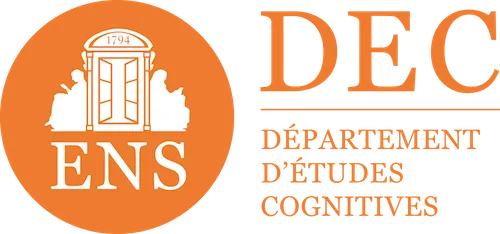

xAPI: What is it and what are the differences with SCORM?
Tracking learning activities is no longer limited to traditional platforms. xAPI is revolutionizing the way we capture and analyze training experiences. This technical standard opens up new perspectives for measuring the real impact of your educational systems.
Definition: What is xAPI?
xAPI (also called Experience API or Tin Can API) is a technical specification (version 1.0.3, IEEE 9274.1.1 standard) developed by ADL (Advanced Distributed Learning) that revolutionizes educational tracking. This application programming interface captures every type of learning interaction, whether it occurs in a Learning Management System, a mobile application, a simulator or even during practical exercises.
Contrary to SCORM format (Sharable Content Object Reference Model), xAPI works standalone. It collects and centralizes data in an LRS, creating a holistic view of learning. This approach goes beyond technological silos to offer a unified analysis of training paths.
The strength of xAPI lies in its ability to transform any activity into usable data. A gesture on a tablet, a physical interaction, a resource consultation: everything becomes traceable and analysable.
How does xAPI work?
The xAPI mechanism is based on the automatic generation of “learning traces”. Each action produces a xAPI trace (called statement or Statement), structured according to the “Actor + Verb + Object” model: “Marie has completed the sales course”.
These traces are encapsulated in the format JSON, a lightweight and universal web standard. The data then goes to a LRS who stores and organizes them. This architecture allows for rapid retrieval and in-depth analysis of information.
The process relies on “suppliers” (applications, content, sensors) that feed the LRS. The “consumers” (LMS, analysis tools) then exploit this data for reporting and educational optimization.
Concrete examples of using xAPI
Advanced digital training
- Detailed follow-up of the parties consulted in an interactive video
- Recording answers and errors on an adaptive quiz
- Measuring the time spent on each page of a course
Practical learning and simulation
- Capturing technical gestures on a medical simulator
- Tracing decisions taken during pilot exercises
- Analysis of interactions in educational games
Field and mobile training
- Geolocation during external practical exercises
- Measurement of physiological indicators during training
- Offline activity tracking with delayed sync
This diversity of applications transforms xAPI into a Swiss Army knife for learning analytics.
The strategic advantages of xAPI
Universal and flexible tracking
xAPI transcends the limitations of traditional platforms. Is your user using a mobile application, a simulator, or working offline? Each activity is traced and centralized, offering a complete vision of its journey.
Granular analysis and personalization
xAPI data allows a detailed understanding of learning behaviors. This wealth of information feeds algorithms. Adaptive learning to automatically personalize the courses according to the profile of each learner.
Interoperability and scalability
The open format of xAPI ensures compatibility with the current and future technological ecosystem. This sustainable architecture protects your investments and facilitates the integration of new solutions.
xAPI vs SCORM: what are the differences?
How to use xAPI in concrete terms?
Technical architecture
Implementing xAPI requires an LRS to centralize the data and then integrating the specification into your training tools. This modular architecture adapts to your existing ecosystem.
Before large-scale deployment, make sure that your LRS complies with the ADL LRS Test Suite (1,300 spec tests, certificate possible) and that you are using validated xAPI Profiles (verb & activity IRis, extensions). These two validations guarantee the interoperability and reusability of your training data, by avoiding a multiplication of formats and vocabulary that are incompatible with each other.
Structuring the traces
Each xAPI trace follows a precise syntax using standardized vocabulary (IRIs). Verbs and activities must respect recognized xAPI profiles to ensure interoperability between systems.
For content hosted in an LMS, the cmi5 standard acts as a bridge between SCORM and xAPI, setting the launch and security rules.
Exploitation and analysis
The information collected feeds into your existing reports or specialized learning analytics solutions.
Attention: the implementation of a certified LRS represents a cost (hosting, license, maintenance) and requires technical expertise to exploit the data.
OAuth2 security and statement validation by the LRS are critical to ensuring data integrity and regulatory compliance.
xAPI and the future of digital learning
The adoption of xAPI is accelerating in professional e-learning, although SCORM is still the dominant standard. Large companies are gradually adopting this specification to improve their training management on a large scale.
This xAPI standard makes it possible to record learning events from various media: mobile applications, serious games, social learning networks.
Make an appointment directly with our eLearning experts for a demo or simply more information.












